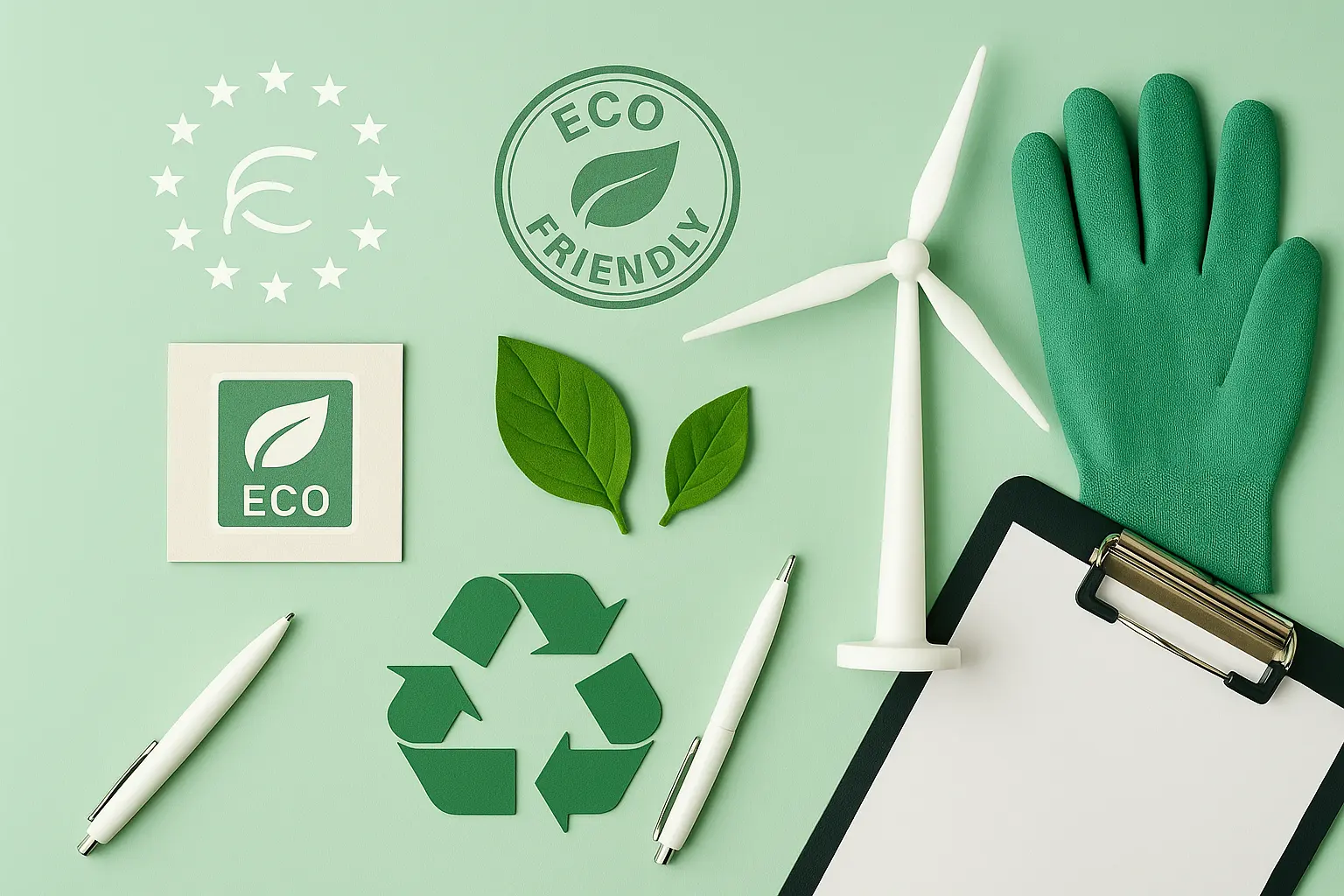Low Carbon Certification
The concept of Low Carbon Certification is pivotal in today's sustainability-driven market. As industries strive to reduce their carbon footprints and comply with global environmental standards, the certification serves as a benchmark for demonstrating reduced greenhouse gas emissions. This certification is particularly relevant across various sectors including manufacturing, energy production, transportation, and consumer goods.
Low Carbon Certification involves a stringent evaluation process that ensures the applicant has implemented measures to minimize its carbon impact. The process typically starts with an assessment of baseline carbon emissions using internationally recognized standards such as ISO 14064-1 for greenhouse gas (GHG) quantification and reporting. Following this, the organization must identify opportunities for reduction through process optimization, energy efficiency improvements, and sustainable resource use.
Once a reduction plan is implemented, the next step involves rigorous testing using state-of-the-art equipment like carbon analyzers and emission tracking systems to verify that the actual emissions align with the projected reductions. This verification can be conducted by accredited laboratories adhering to ISO/IEC 17025 standards.
The certification also extends beyond mere compliance; it aims to foster innovation and drive sustainable practices within industries. By focusing on low carbon methodologies, organizations are encouraged to adopt greener technologies that not only reduce operational costs but also contribute positively to the environment. This shift towards sustainability can lead to improved brand reputation, increased market share, and enhanced stakeholder satisfaction.
Moreover, Low Carbon Certification plays a crucial role in facilitating international trade by ensuring products meet environmental criteria set by different countries and regions. As more nations implement strict carbon emission regulations, obtaining such certification becomes essential for businesses looking to expand globally.
In summary, the journey towards achieving Low Carbon Certification is an ongoing commitment that requires continuous monitoring and improvement of operations. It offers a pathway for organizations to lead environmentally responsible practices while staying competitive in the global marketplace.
Why It Matters
The significance of Low Carbon Certification cannot be overstated, especially given the pressing need for environmental conservation. By obtaining this certification, companies demonstrate their dedication to sustainability and help mitigate climate change impacts. This not only enhances corporate social responsibility (CSR) efforts but also fosters trust among consumers who increasingly prioritize eco-friendly products.
For quality managers and compliance officers, Low Carbon Certification provides a structured framework for managing environmental risks and opportunities. It helps in identifying areas where improvements can be made without compromising productivity or profitability. Through regular audits and continuous improvement initiatives, organizations can ensure they remain at the forefront of sustainable practices.
R&D engineers play a critical role in developing new technologies and processes that contribute to reducing carbon emissions. With Low Carbon Certification as an objective, these professionals are motivated to innovate further, pushing boundaries in terms of efficiency and eco-friendliness. The certification acts as both motivation and benchmark for achieving cutting-edge solutions.
Similarly, procurement teams can leverage Low Carbon Certification when sourcing raw materials and components. By prioritizing suppliers who also adhere to similar standards, they contribute towards building a more sustainable supply chain. This approach ensures that every part of the production cycle aligns with environmental goals.
In essence, Low Carbon Certification is not just about compliance; it's about setting new benchmarks for what constitutes responsible business practices. It encourages all stakeholders involved—from top management down to frontline employees—to think critically about how their actions impact the planet and make informed decisions accordingly.
International Acceptance and Recognition
- Countries with Active Implementation: Many countries have started recognizing Low Carbon Certification. Notably, regions like Europe (EU), North America (US), and Asia-Pacific (China) are at the forefront of embracing these standards.
- Regional Variations in Standards: While there is a global push towards reducing carbon emissions, regional differences exist regarding specific metrics and methodologies used for measurement. For instance, EU countries often follow directives like the Greenhouse Gas Protocol while North American jurisdictions might align more closely with US EPA guidelines.
- Auditors' Roles: Accredited auditors play a vital role in ensuring that organizations meet all necessary criteria before being awarded certification. These professionals must be proficient in interpreting relevant international standards such as ISO 14064-2, which provides specific guidance on quantifying and reporting carbon credits.
- Recognition from Major Players: Leading industry bodies also recognize Low Carbon Certification, providing additional credibility to certified entities. Organizations like the International Organization for Standardization (ISO), World Business Council for Sustainable Development (WBCSD), and Global Reporting Initiative (GRI) all endorse this certification as a means of promoting sustainable development.
Competitive Advantage and Market Impact
The pursuit of Low Carbon Certification offers numerous competitive advantages that can significantly impact an organization's market position. One key benefit is enhanced brand reputation, which attracts environmentally conscious consumers who are willing to pay premium prices for sustainable products.
Moreover, companies with this certification often find it easier to secure contracts with clients committed to reducing their overall carbon footprint. This aligns perfectly with the growing trend of corporate social responsibility (CSR) initiatives where businesses strive not only for profitability but also for positive societal impact.
Achieving Low Carbon Certification also opens up new markets that may impose stringent environmental regulations on imported goods. For instance, many countries offer favorable trade policies or reduced tariffs to companies meeting certain sustainability benchmarks. This can substantially broaden an organization's customer base and increase sales volumes.
From a strategic perspective, embracing low carbon practices early on gives organizations a head start over competitors who lag behind in adopting similar measures. It demonstrates leadership within the industry and positions them as pioneers of sustainable business models.
In summary, pursuing Low Carbon Certification is more than just a compliance exercise; it's an investment in long-term success. By integrating these principles into daily operations, organizations can build stronger relationships with stakeholders while positioning themselves favorably against market trends.





